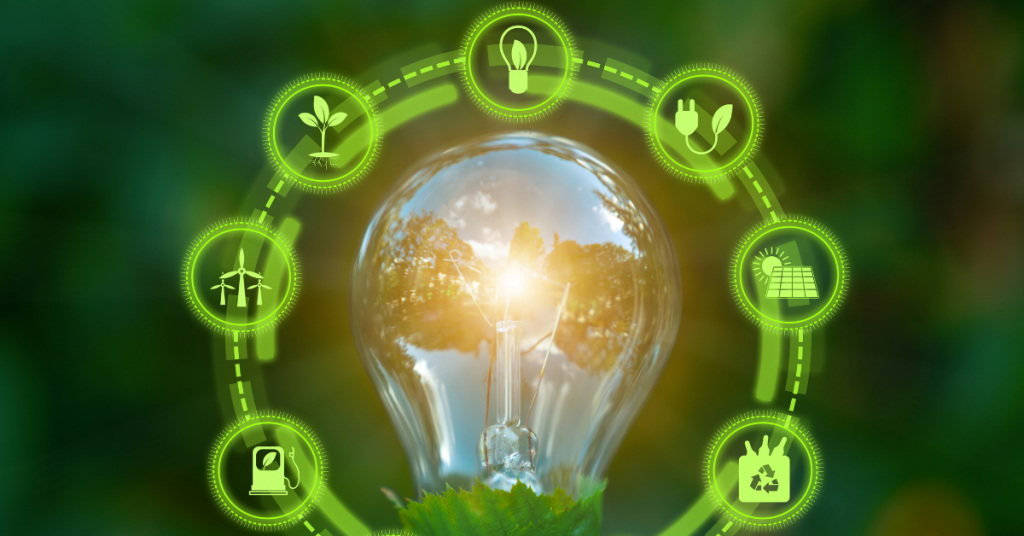In recent years, there has been significant attention paid to energy efficiency and sustainability in both our daily lives and business practices. The issue of climate change has brought to light the importance of reducing our energy consumption and transitioning towards renewable sources of energy. It is imperative that we take action now to protect our planet and ensure a sustainable future.
At home, there are a number of simple steps we can take to reduce our energy usage. This includes turning off lights and electronics when not in use, using energy-efficient bulbs, taking shorter showers, and using public transportation or carpooling instead of driving alone. By making these small adjustments, we can significantly reduce our carbon footprint and preserve our natural resources.
Businesses also have a crucial role to play in promoting energy efficiency and sustainability. This can be done by implementing energy-efficient technologies, such as LED lighting and smart thermostats, and by investing in renewable energy sources. Companies can also encourage their employees to adopt sustainable practices by providing incentives for using public transportation or by offering remote work options.
One of the most significant benefits of energy efficiency and sustainability is the financial savings it can provide. By reducing energy consumption, both individuals and businesses can cut down on their energy bills and increase profitability. Additionally, investing in renewable energy can provide a reliable and cost-effective source of energy in the long run.
However, the benefits of energy efficiency and sustainability extend far beyond financial savings. By reducing greenhouse gas emissions and preserving natural resources, we can create a healthier and more sustainable environment for future generations. This is particularly important given the growing threat of climate change and the impact it is already having on our planet.
In conclusion, energy efficiency and sustainability should be a top priority in our daily lives and business practices. By taking simple steps to reduce our energy consumption and investing in renewable sources of energy, we can create a more sustainable future for ourselves and for future generations. The importance of this issue cannot be overstated, and we must all do our part to make a


